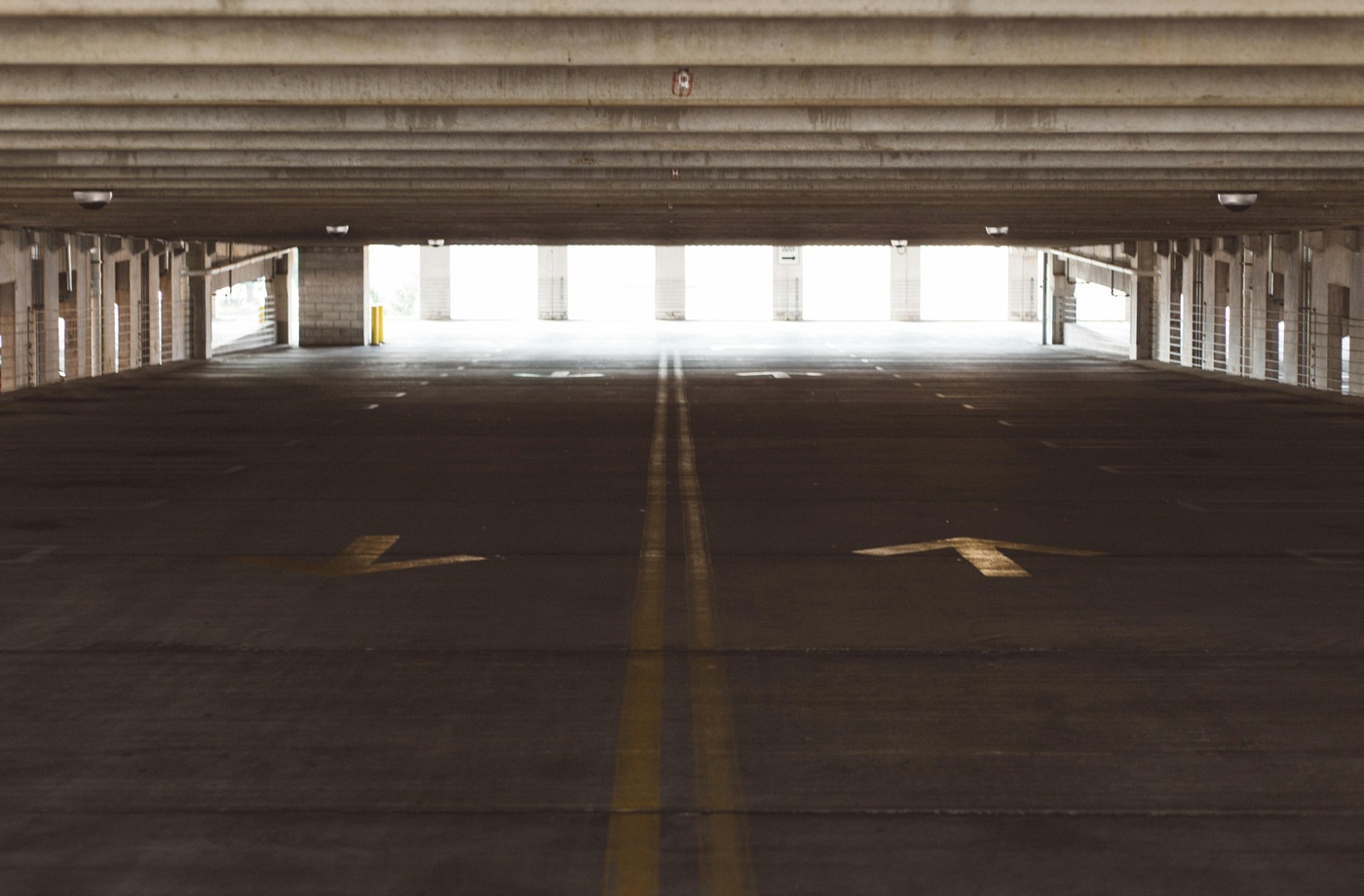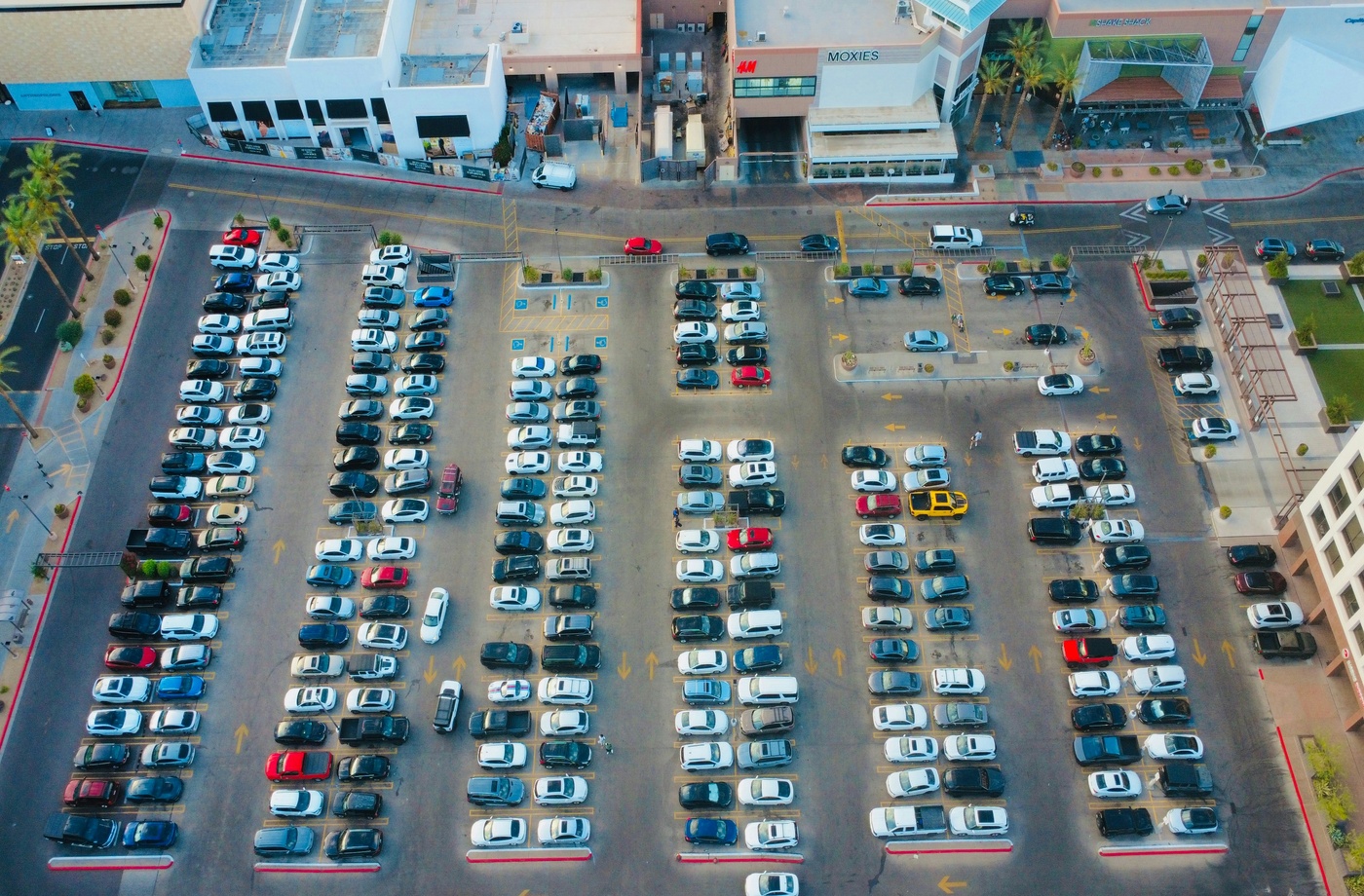When it comes to parking in busy areas, most drivers face the same choice—circle the block for a street spot or pull into a lot or garage. While street parking feels cheaper at first glance, the true cost can be more complicated. Here’s a breakdown to help you decide which option makes the most sense for your wallet.
Street parking: Lower rates but higher risks
On the surface, street meters are often the cheaper choice. However, they come with limited time windows, strict enforcement, and higher chances of getting a ticket. If you’re running late or your meeting runs long, a small hourly saving can turn into a hefty fine.
Parking lots: Convenience and security
Lots and garages may cost more upfront, but they often provide better security, longer time limits, and weather protection for your car. Many garages also offer flat-rate evening or weekend specials, which can be cheaper than paying hourly at a meter.
The hidden costs to consider
Gas spent circling the block, the stress of limited availability, and potential towing fees add hidden expenses to street parking. On the other hand, paying for a lot guarantees peace of mind and can save time.
When each option makes sense
If you’re running a quick errand, street parking may be the smarter choice—just watch the clock. For longer stays, especially in high-traffic areas, parking lots or garages often end up being more cost-effective in the long run.
Parking isn’t just about the price per hour—it’s about balancing risk, convenience, and hidden costs. By weighing your options carefully, you can make smarter choices that keep both your car and your budget safe.



